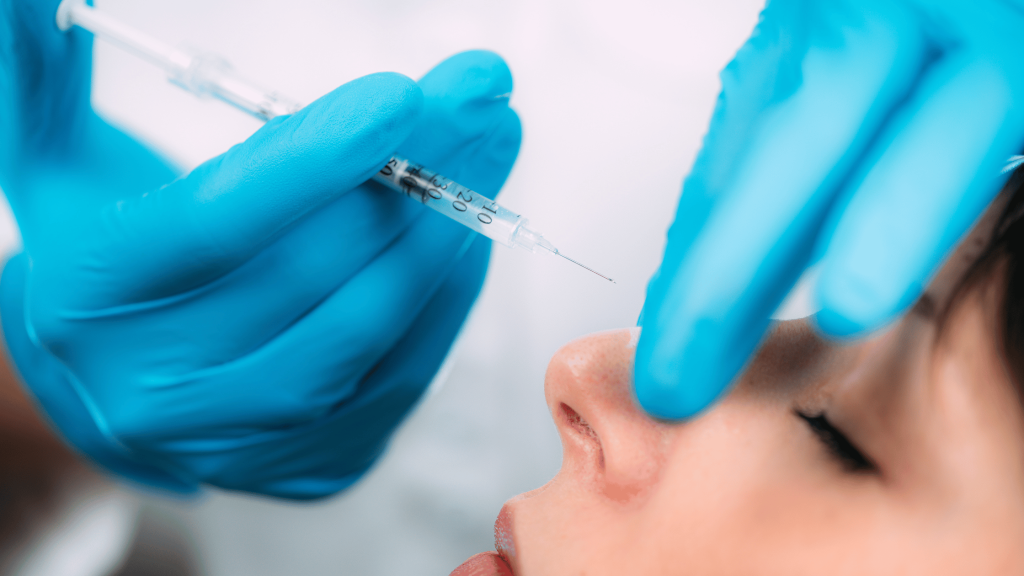
The growing popularity of dermal fillers in the UK is a testament to their effectiveness in rejuvenating the skin, correcting facial imperfections, and turning back the hands of time. Its popularity is visibly evident as 99% of all aesthetic clinics are offering treatments that involve dermal fillers. While dermal fillers are generally considered safe, like any medical procedure, there are potential side effects to consider.
Prior to any treatment, it is mandatory to sign a dermal filler consent form acknowledging your understanding of the procedure, its benefits, potential risks, and the side effects that may occur after your treatment has been carried out. It’s important to note that most side effects are short-lived, mild, and completely normal responses to the treatment.
Redness, Bruising, and Swelling
Some of the most frequent side effects of dermal fillers can be swelling, redness, and bruising where the needle has been injected. Typically, these symptoms diminish within a few days following treatment.
Pain or Discomfort
You may feel some pain or discomfort after treatment; however, this will calm down after a couple of hours. But having numbing cream on the treatment area before treatment will help stop any pain or feeling when the needle goes in.

Lumps or Bumps
Occasionally, lumps or bumps may form under the skin post-treatment. Most of these can be gently massaged out. However, if persistent, they should be addressed by your practitioner.
Infection
Though rare, infections can occur. The practitioner ensures to follow strict sterile techniques to prevent this. However, if side effects last more than a few days, then it’s important to speak to the practitioner ASAP to allow them to look over what has happened.
Allergic Reactions
These are extremely rare. Prior to the treatment, the practitioner reviews your medical history and allergies to minimise risk. It’s essential to remember that most side effects are temporary and manageable. However, certain rare but more serious side effects may occur if the filler is incorrectly placed. These include skin necrosis (death of skin cells), visual disturbances, or even blindness.
This underscores the importance of seeking treatments from a qualified, experienced practitioner to ensure safe and successful outcomes. While dermal fillers can offer remarkable results, understanding the potential side effects is part of making an informed decision about your treatment.
Therefore, the dermal filler consent form is an essential step to guarantee that patients fully acknowledge and understand the associated risks. Remember, never hesitate to discuss any concerns with your practitioner. After all, it’s not just about enhancing your beauty—it’s about keeping your health and safety, too.